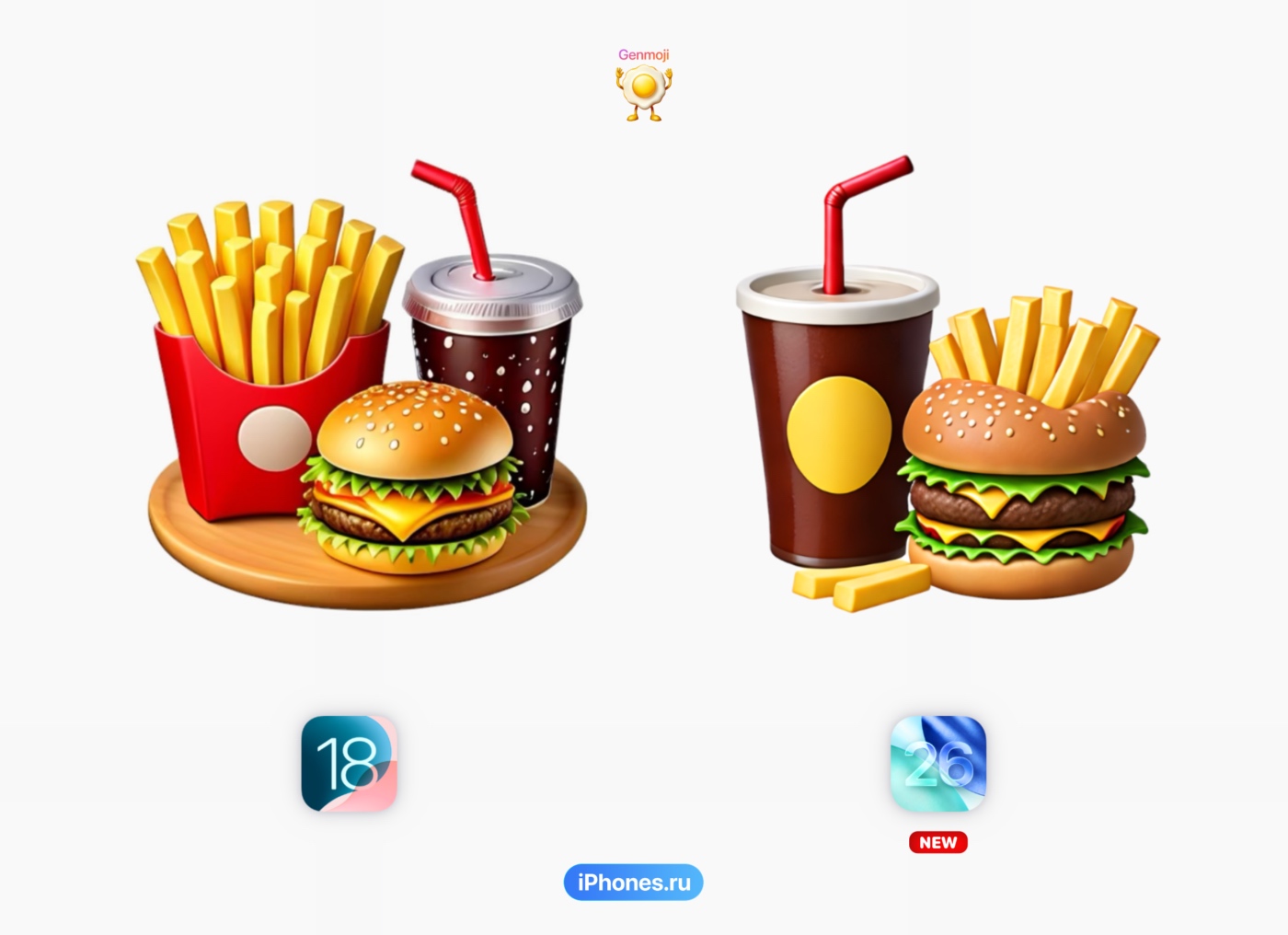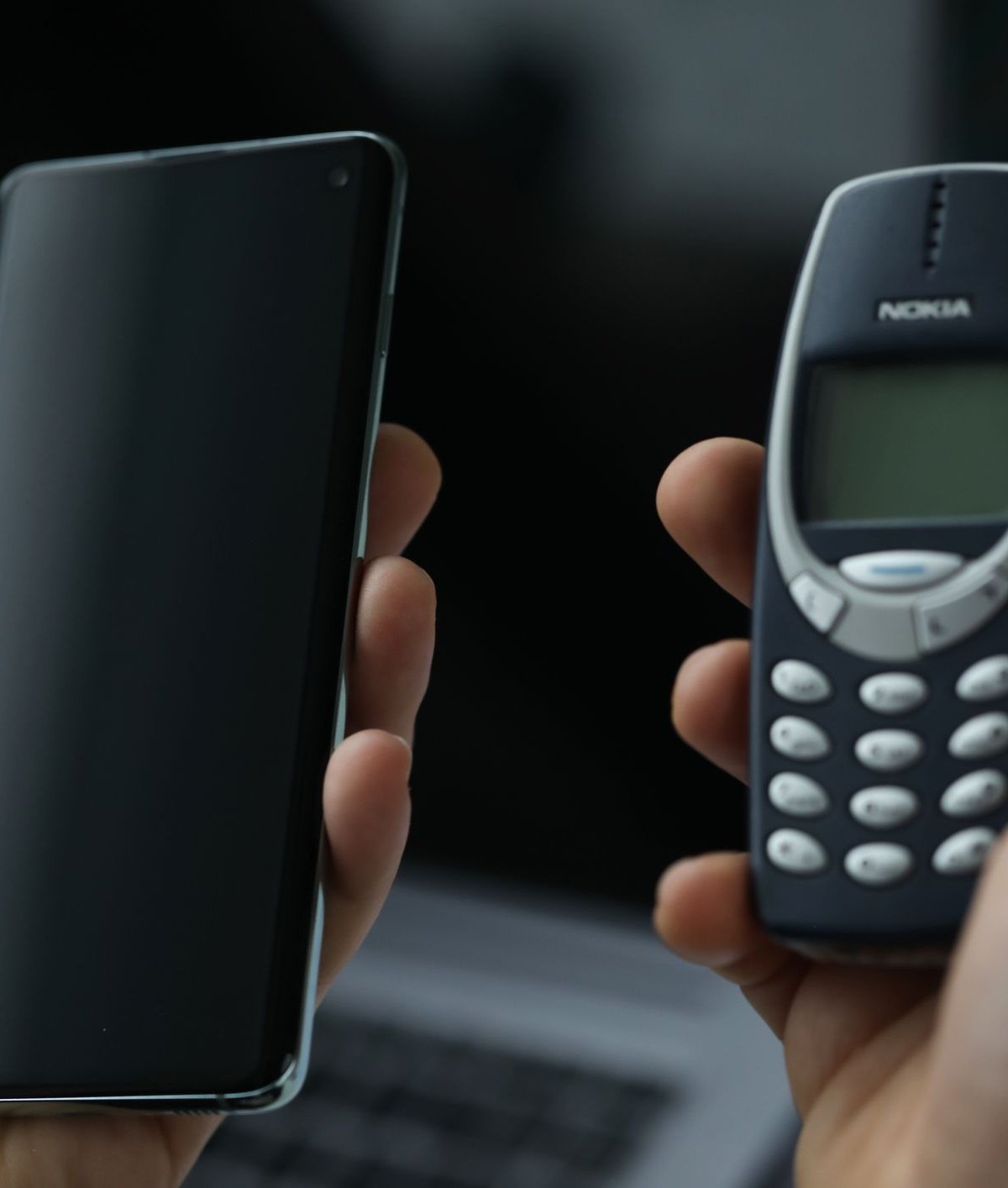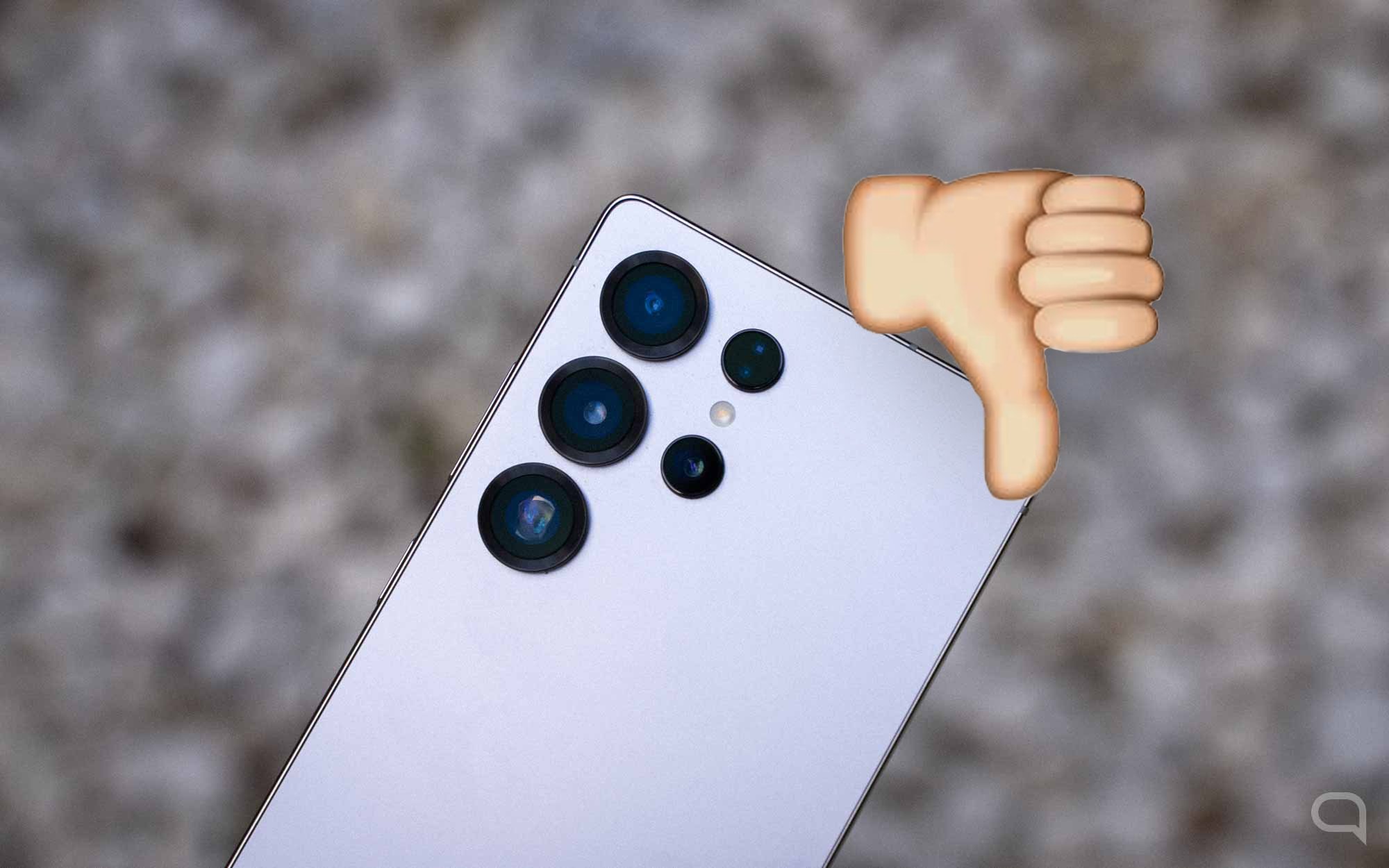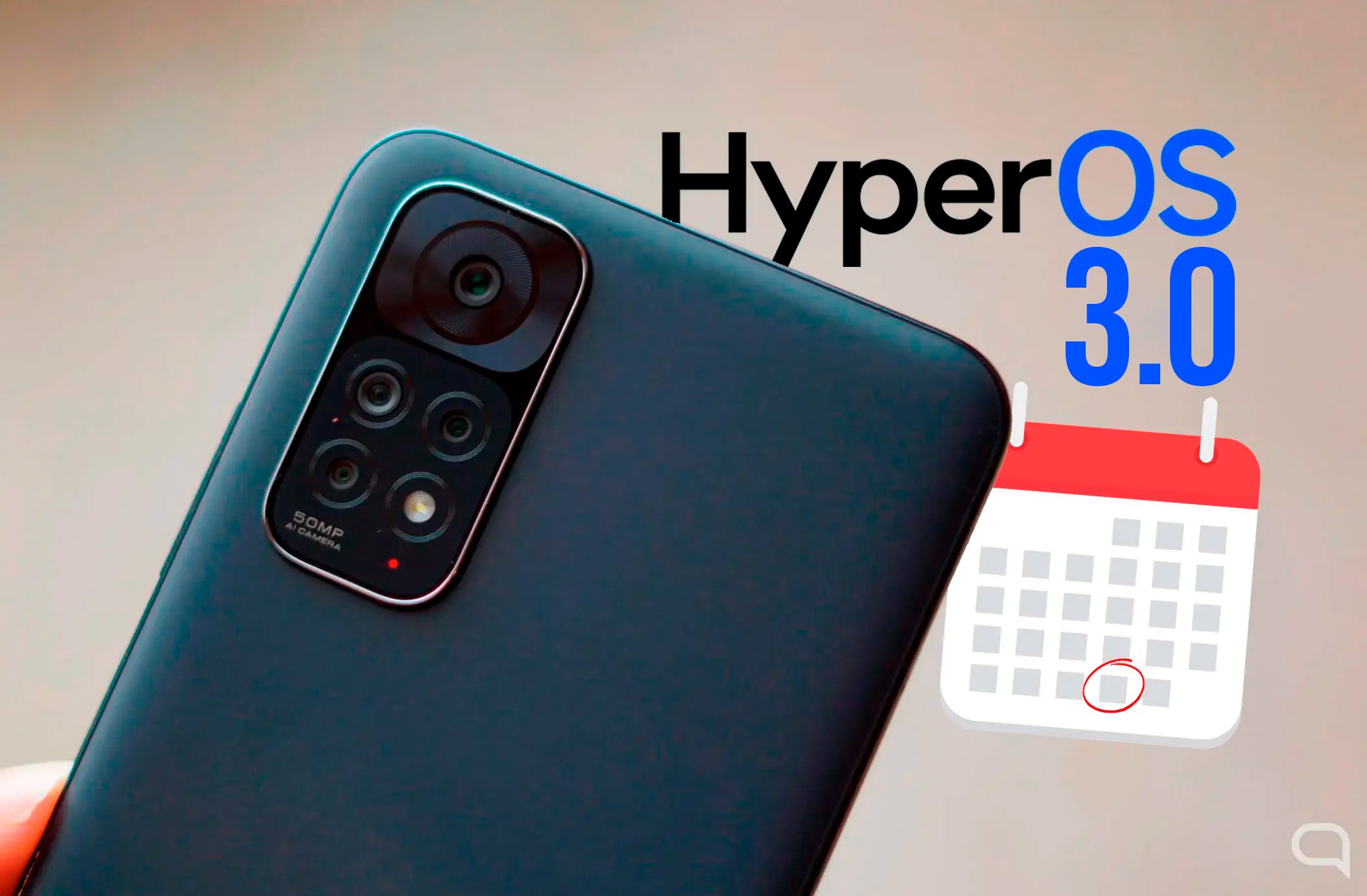Have you looked at the photo featured in this news and brought back some memories? So you must have definitely lived in the early 2000s, when is the moment Nokia’s It was still a reference in the field of technology.
Founded in 1865 as a paper trading company in Finland, Nokia went through many transformations before becoming a telecommunications giant. However, the brand’s loss of validity in a market where the pace of innovation is very high raises the following question: What happened to Nokia?
The rise of Nokia: dominance of the mobile phone market
In the 1990s, Nokia emerged as the world’s leading mobile phone manufacturer, leading the market with iconic mobile phones such as the Nokia 3210 and Nokia 3310. These models are known for their durability and especially long battery life (Believe me, one charge could last a few days on standby).
The company also pioneered many technological innovations. such as the introduction of special ringtones and the popular Snake game, this became known around here as the “snake game”.
in 1998 Nokia surpassed Motorola to become the world’s largest mobile phone manufacturer. It maintained this position until 2011. It is important to remember here that investments in technologies such as GSM (Global System for Mobile Communications) have helped it consolidate its leadership by ensuring that its devices are compatible with the mobile networks of many countries, including Brazil. .
The arrival of smartphones
Despite his initial success, Nokia faced serious challenges from 2007With the launch of iPhone by Apple and later with the emergence of Android.
While the competition was based on touch screens and modern operating systems, Nokia insisted on using its own operating system, Symbian. However, it could not compete in terms of usability, design and integration with applications, which left the company behind.
This delay in adopting a competitive strategy towards the smartphone market proved fatal for Nokia. In order to regain ground in 2011, it entered into a partnership with Microsoft and launched devices with Windows Phone operating system. And as many will remember, Windows Phone failed to attract the attention of application developers and lost market share, causing Nokia to become increasingly irrelevant in the industry.

sale to Microsoft
After a time spent in oblivion, Nokia sold its devices and services division to Microsoft for $7.2 billion in 2014 (almost R$44 billion). The acquisition was part of Bill Gates’ company’s strategy to enter the smartphone market, but the venture failed. Within a few years, Microsoft abandoned the mobile hardware industry, ending the Lumia smartphone line and putting an end to Nokia’s presence in the mobile phone market.
How is Nokia today?
It is true that Nokia no longer has as much weight in the smartphone market as it used to, but the brand is far from forgotten or extinct.
In 2016, HMD Global, a Finnish startup founded by former Nokia executives, acquired the rights to use the Nokia name on mobile phones. Since then, HMD has released various smartphone models with Android, as well as classic retro devices such as the relaunch of the famous Nokia 3310.
Right now, Nokia is also one of the world’s leading telecommunications infrastructure providersIt competes with giants such as Huawei, Ericsson and ZTE in the 5G network market.
Generally, the company shifted its focus to the business sector and connectivity solutionsIt reinforces its position as an important name in a market different from the one in which it was established years ago.
Lessons from Nokia’s past
Nokia’s story is a clear example of how important constant innovation is in the technology industry. The company dominated the market for years. but it suffered a serious decline due to its insistence on outdated technologies and lack of vision to anticipate changes in consumer behavior.
Yet it showed that it is possible to reinvent yourself even after major defeats. Therefore, Nokia today is an example of a company that finds new ways to maintain its presence in the technology market, even though it is no longer as giant as it used to be.
Source: Tec Mundo
I’m Ben Stock, a highly experienced and passionate journalist with a career in the news industry spanning more than 10 years. I specialize in writing content for websites, including researching and interviewing sources to produce engaging articles. My current role is as an author at Gadget Onus, where I mainly cover the mobile section.













